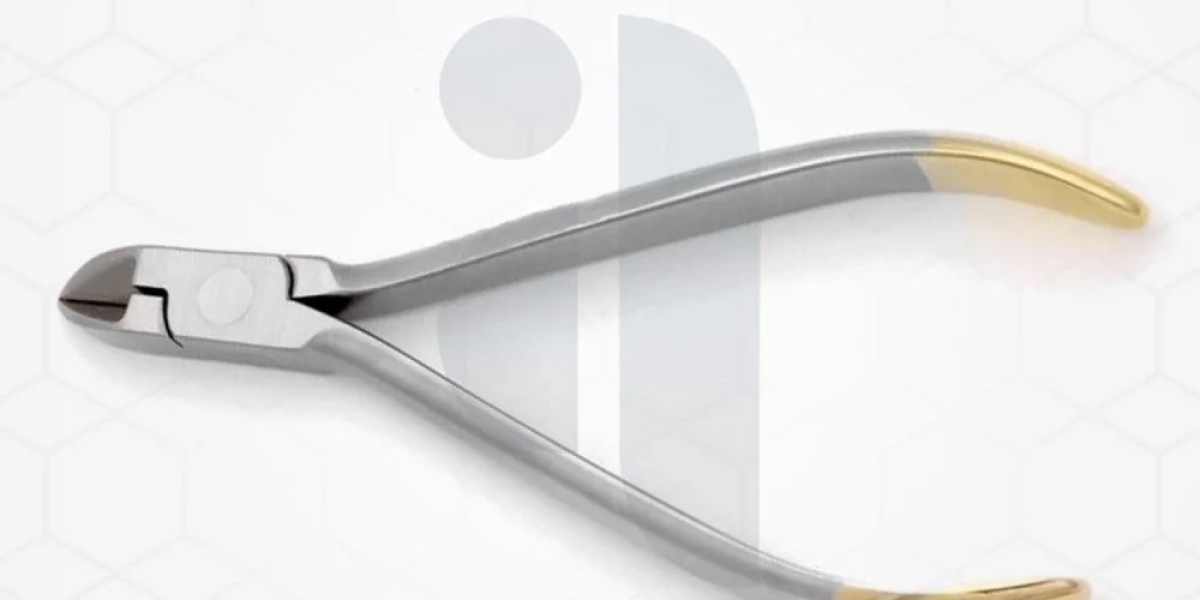In the nuanced world of surgical instrumentation, each tool is designed with a specific purpose, contributing to the precision and success of an operation. The adenoid curette, a specialized instrument used in ENT (Ear, Nose, and Throat) surgery, exemplifies this focused design. While its primary function is to remove adenoid tissue, it operates in a surgical environment that also necessitates other precision tools, such as ligature cutters, which are vital for the meticulous closure of surgical sites. Understanding both their individual functions and their complementary roles sheds light on the comprehensive nature of modern surgical practices.
The Adenoid Curette: A Specialized Tool for ENT Surgery
The adenoid curette is a surgical instrument specifically designed for the removal of adenoid tissue, a common procedure known as adenoidectomy. Adenoids are lymphoid tissues located at the back of the nasal cavity, and when enlarged, they can cause breathing difficulties, recurrent ear infections, and sleep apnea, particularly in children. An adenoid curette typically features a looped or basket-shaped blade with a sharpened edge, attached to a handle. This design allows the surgeon to gently yet effectively scrape away the adenoid tissue from the nasopharynx. The various sizes and angles of curettes are designed to accommodate different patient anatomies and provide optimal access to the adenoid pad. Precision and controlled application are crucial during an adenoidectomy to minimize bleeding and protect surrounding structures, making the specialized design of the adenoid curette indispensable.
The Adenoidectomy Procedure and its Significance
Adenoidectomy, often performed in conjunction with tonsillectomy, is a common pediatric ENT surgery aimed at improving a child's breathing, reducing the frequency of ear infections, and resolving sleep-disordered breathing. The adenoid curette is the primary tool for this procedure, allowing for the precise removal of hypertrophied (enlarged) adenoid tissue. The procedure is typically performed under general anesthesia, and surgeons rely on their expertise and the specialized design of the curette to achieve a thorough removal while ensuring patient safety. The benefits of a successful adenoidectomy, facilitated by the appropriate use of an adenoid curette, can be profound, leading to improved quality of life for affected children through better sleep, reduced illness, and enhanced development.
The Precision of Ligature Cutters in Surgical Closure
While the adenoid curette is focused on tissue removal, other critical instruments are essential for the subsequent stages of surgery, particularly during wound closure. Ligature cutters are specialized surgical scissors used for precisely trimming the ends of sutures after a knot has been tied. This seemingly small detail is vital for aesthetic results and to prevent complications. Loose or excessively long suture ends can irritate tissues, potentially lead to infection, or interfere with healing. Ligature cutters are designed with fine, sharp tips that allow surgeons to make a clean cut very close to the knot without inadvertently severing the knot itself or damaging surrounding tissues. Typically made from high-grade stainless steel, their sharpness and durability are paramount for aseptic and efficient surgical closure.
Complementary Roles in Surgical Excellence
The presence of both an adenoid curette and ligature cutters in the operating room exemplifies the comprehensive instrumentation required for a successful surgical outcome. The adenoid curette enables the precise and safe removal of problematic adenoid tissue, addressing the core issue for the patient. Following this, ligature cutters play their vital role in ensuring meticulous wound closure, contributing to optimal healing and minimizing post-operative complications. Each instrument, though serving a distinct purpose, contributes to the overall safety, efficiency, and efficacy of the surgical procedure. The careful selection and skilled application of these specialized tools, from the specific function of the adenoid curette to the finishing touch of ligature cutters, are fundamental to achieving the best possible results for patients in modern healthcare.








